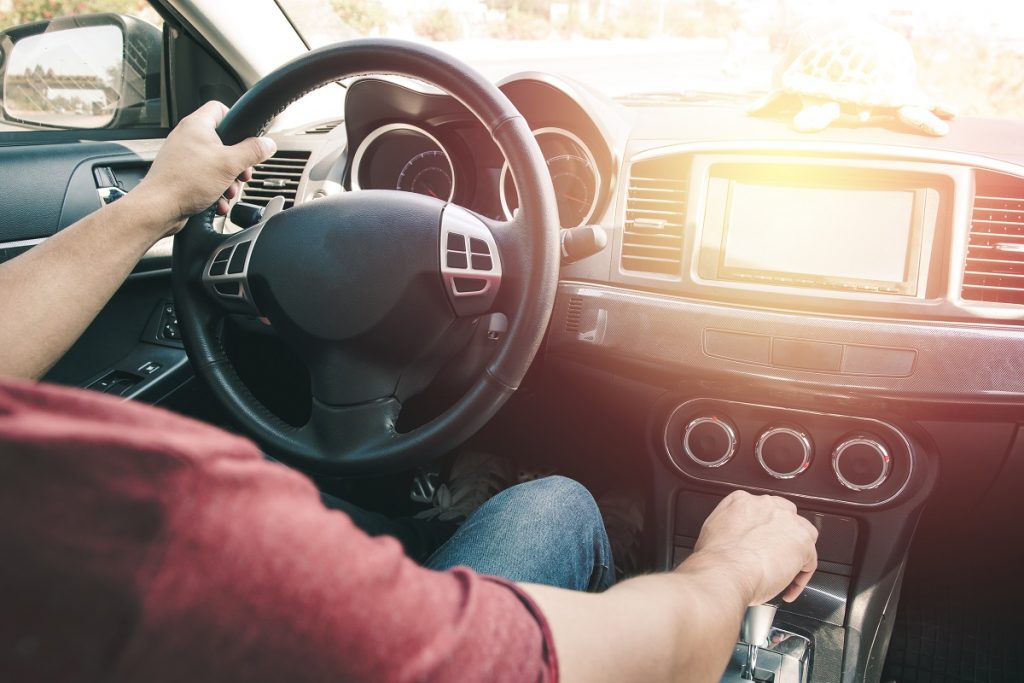It’s never fun to get caught in bad weather when you’re traveling outdoors. Faced with the prospect of getting chilly and soaked, or having to deal with poor visibility, many feel an instinct to seek shelter immediately — or stay indoors in the first place. Yet, sometimes, you might be caught outside in your car during bad weather. With the weather conditions presenting a much greater chance of being involved in a vehicle accident, observing some of these best practices for safe driving can significantly reduce your exposure to such risks.
Heavy rain
Most drivers will have to experience driving through the rain at some point. You’ll need to ensure the good condition of your tires, brakes, lights, and windshield wipers throughout the year, but especially during the rainy season. Drive well under the speed limit and avoid standing water if you can, as it can cause a loss of control on the road.
Keep your headlights on to improve visibility for yourself and other drivers, and ventilate the car to avoid having windows fog over. While you never hope to get caught in a heavy downpour, taking even a light rain shower seriously will keep you prepared for any sudden test of your safe driving practices.
Ice and snow
Depending on where you live, winter weather may be something you get used to for months each year or merely an occasional nuisance. Either way, you can’t afford to relax when the roads are laden with snow and ice. Reduced traction makes it imperative to be aware of momentum at all times, so go slowly when accelerating or decelerating, and don’t rely on gas to go up inclines. Keep your top speed at least 10 miles per hour below the limit — even slower would be better. Also, add a second or two to your following distance to give yourself enough time to come to a full stop.

Hailstorms
In certain parts of the country, hailstorms can occur across several months of the year. Such storms are often accompanied by rain, so the general rule of slowing down should already be in effect.
A hailstorm can give your vehicle a real battering. To lessen the extent to which you’ll need automotive repair for hail damage, you should immediately look for the nearest form of structural covers, such as an underpass or ramp. Pull over to the side of the road, keep your hazard lights on, and stay inside the car. This way, you protect your vehicle and yourself from the dangers of hail.
Fog
While fog doesn’t come with a significant change in road traction, it significantly worsens visibility on the road. You should never drive at high speed in a fog bank, not only to deal with your reduced vision but also to allow for the presence of other slow-moving cars on the road. Pump the brakes to signal to those behind you that you’ll be slowing down as you enter. Turn on your fog lights to increase visibility; in a pinch, you can also use the low-beam headlights, as high-beam settings can cause reflection and glare.
In bad weather, the best thing to do is to stay home, but if you can’t avoid it, having these best practices to fall back on will help see you through your journey safely.

